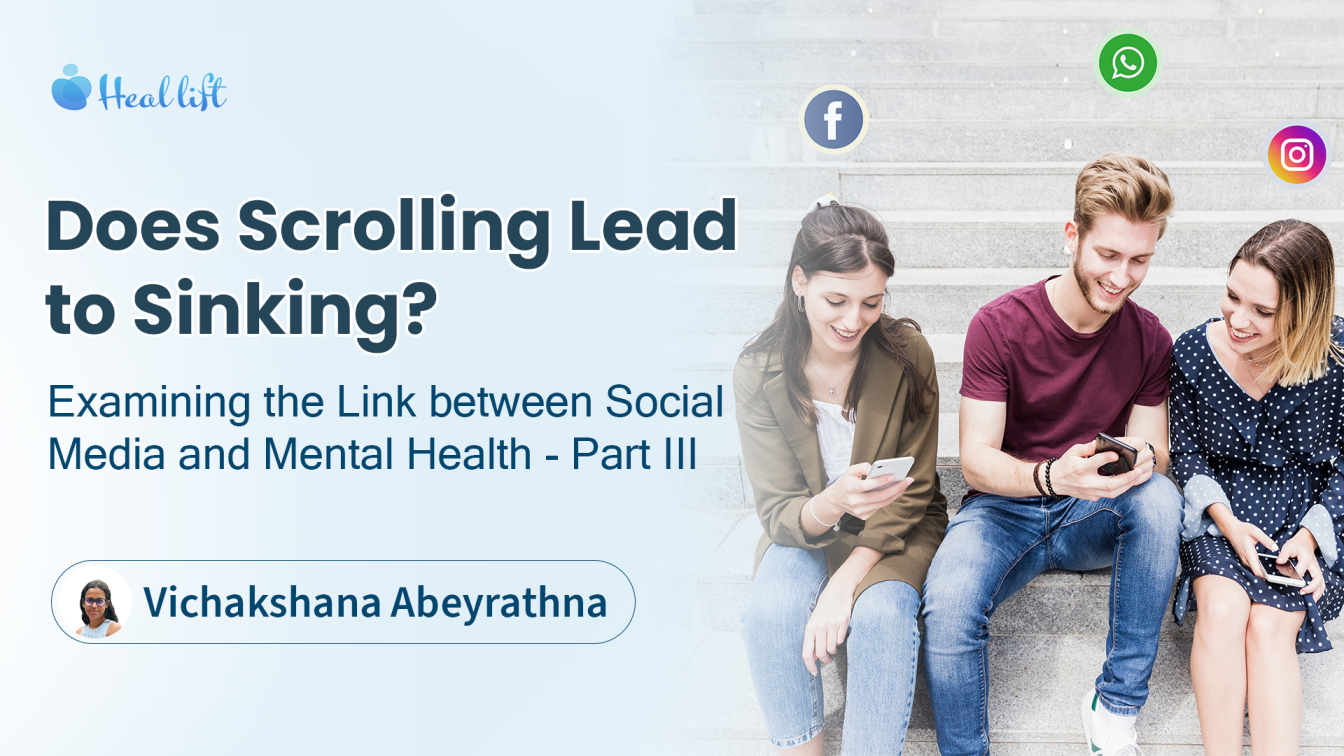Dewmini Matharage - 27 Apr 2024
Does Power Dressing Really Work?
Can the clothes we wear truly impact our chances of success in the workplace and beyond?

Heal Lift

Do you use social media to the point that it negatively impacts your mental health?
Are you into social media at a level that affects your mental health in a bad way?
Hello readers!! Welcome back. In the last two articles, we investigated the negative impacts of social media, our attachment to it, and other related topics. Despite all the negative effects, it is important to acknowledge that social media can also yield positive influences on mental health in certain contexts.
We all discuss our mental health on social media openly. Whether through sharing inspirational quotes, heartfelt poems, or personal reflections, many of us engage in these discussions, including right here. By fostering conversations and raising awareness, these online exchanges possess a remarkable capacity to influence someone's perspective and even alter the course of their life decisions. Moreover, the community groups that are formed as supporting communities gather to serve as valuable resources for those grappling with mental health challenges. In both connecting like-minded individuals who share their experiences in similar situations and finding comfort in understanding the encouragement of others, these platforms offer a sense of belonging and validation for people who seek help, which can be profoundly therapeutic.
The term "The Pepagno Effect" was coined by scientists to describe the phenomenon whereby social media serves as a protective factor against the negative impacts on mental health. The Pepagno effect, refers to the positive impact that social media can play in preventing suicidal ideation and behaviors. When individuals often express their experiences and struggles with mental health, the coping mechanism leads to a positive reduction in the stress and depression of other people. It improves expressive writing, diversity, and interactivity.
In the worst situation, The Papageno effect actively works to prevent suicide by disseminating accounts of people who have overcome suicidality and difficult circumstances. Emphasizes the need to de-stigmatize conversations about suicide and mental health, fostering an atmosphere in which people may freely share their experiences and ask for help without worrying about being rejected or judged. Stories of resilience and survival are amplified, and this has the impact of promoting a culture of understanding, empathy, and proactive intervention - a culture that ultimately saves lives and improves community well-being.
Studies have shown that positive messages in various expressive methods, such as pictures, poetry, and articles, can reduce suicide risk factors and suicidal cognitions. Additionally, suicide prevention discussions and social media campaigns featuring professional resources and stories of lived experience have been found to reduce suicidal ideation and improve coping skills and knowledge related to suicide.
Social media posting behavior and content following a celebrity suicide indicate a significant rise in posting frequency and increased suicidal thinking. where the frequency of postings and statements of suicidal behavior has increased significantly as a result of these instances. Furthermore, language traits that indicate whether someone may talk about mental health issues or express suicidal thoughts are significant. Research has examined the impact of this on people's discussion of suicidal thoughts while accounting for past language patterns associated with mental health.
They pinpoint elements that lead to improved mental health in virtual mental health groups, concentrating on TalkLife and similar platforms. Together, these findings highlight the intricate relationship that exists between mental health conversations, social media discourse, and the rise in suicidal thoughts. Therefore, social media can contribute significantly to suicide prevention by promoting coping strategies and providing support.
At some point in our lives, the Pepagno effect and this copying mechanism were both successfully triggered. It is, as everyone knows, "the COVID period". There was no possibility for us to meet each other because we were all under quarantine. Social media was the sole means of communication, self-expression, and keeping up with the outside world. At the same time, the social limitations imposed throughout the epidemic have made people confront the awful reality of being alone. Social media use has been recommended as a temporary means of overcoming discomfort, although it must be used with caution when overcoming feelings of loneliness and negativity.
Numerous academics have noted that social media tends to improve relationships, social belonging, and overall well-being over a period of time. The Pepagno effect is exemplified in the collective actions of individuals who share their experiences, create new trends, and initiate discussions on social media. Each contribution, whether it's a personal story, an inspiring message, or a creative endeavor, works to counteract feelings of loneliness and foster positivity, even amidst major upheavals and crises in people's lives.
Despite all we discussed today, we also covered how social media platforms are made to pull users in a way that affects daily routines and mental health, as well as how social media negatively affects people's mental health.
